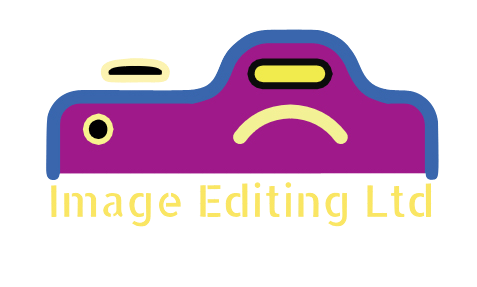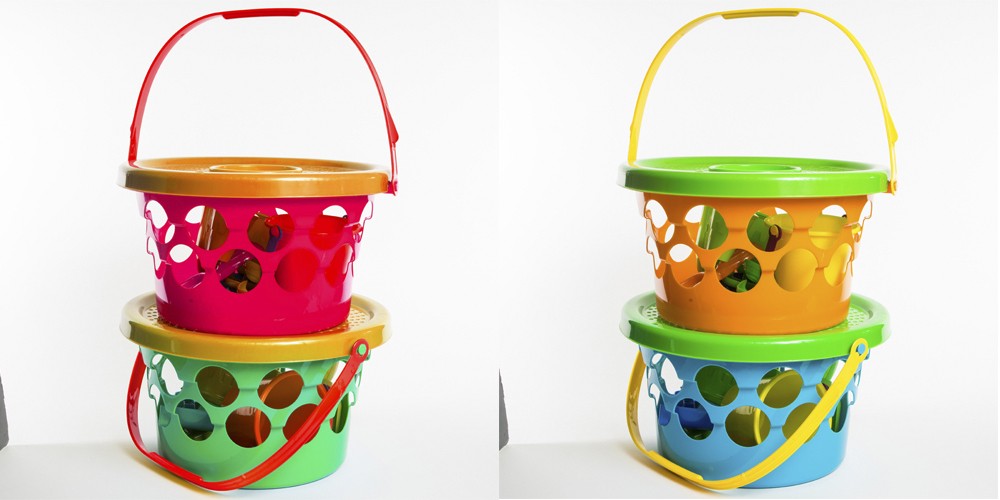Who Needs Colour Correction Or Colour Grading Services?
Since the feature is widely used in videos, it is used across a wide variety of fields including videographers, media houses, advertisement outlets, photographers, and the list goes on. That’s the best part of the feature- anybody from a novice on a video project to a director for a feature film can use it.
There are usually a host of features that can be attributed to the process, here are a few:
- White Balance: This would allow you to shift the colour cast of the frame. So, the higher the white balance, the cooler colours in the frame would become bluer. Thus by decreasing the setting, the frame would give the look like a sunset while a higher setting would make it look like dawn.
- Brightness and Contrast: The reason these come together is that they are interrelated. Thus, changing the brightness of a frame would change its contrast. Obviously, the controls would require a slightly nuanced approach but the changes are visibly noticed across the frame.
- Sharpening/ Unsharp Mask: While they are not really effective on images which are out of focus, the tool increases the contrast of selected edge pixels which gives the impression of the image getting sharper. In contrast,t the unsharp mask is used on selected objects in the frame and give a more subtle look.
- Three-way Color Corrector: The tool is quite aptly named for its function. It basically functions by changing aspects like hue, saturation, brightness, and contrast simultaneously. While they may not be as precise as setting the aspects individually, they are easier to use and the results are pretty good.
- Fast Color Corrector: The fast color corrector as the name suggests is fast. It basically is a toned down version of the previous tool and basically is used to put a tint or filter on the frame.
- Curves: This tool is perhaps the most definitive among all the color correction tools. Though it has a simple user interface, the tool can bring up some beautiful color alterations without requiring any further corrections.
- Secondary Color Manipulations: This tool is usually used in case of videos to make adjustments with the shades of color in any specific portion. Unlike the primary color change option, this tool essentially only changes the hues of the area selected. The tool in short offer absolute control over the way an image looks.



